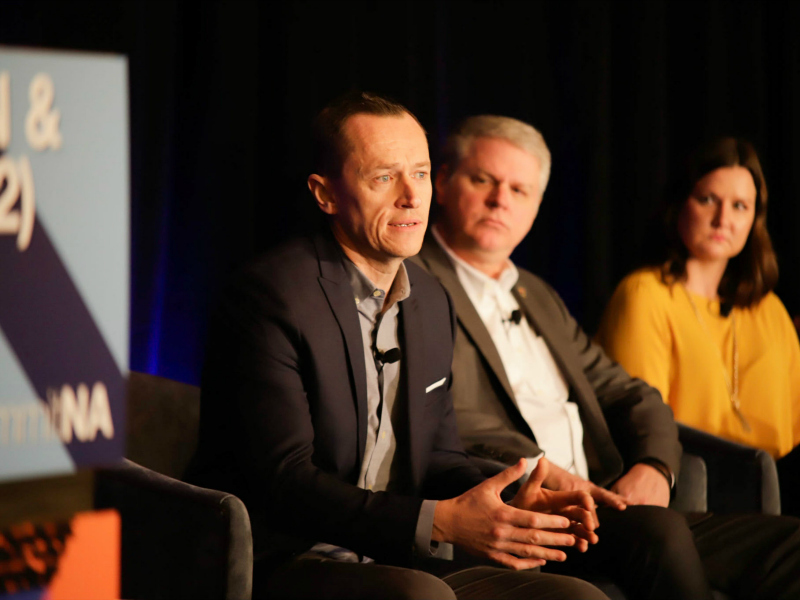Lee Andrews 20 Feb 2018 // 7:57PM GMT

I recently joined leaders from McDonald’s and the NHL’s Minnesota Wild on a panel at the In2 Innovation Summit in New York to discuss “why actions are better than advertisements.” We each shared a recent unorthodox communications program that placed action, rather than advertising, at its heart, and Paul Holmes, founder and chair of The Holmes Report shared an important observation.
Reacting to compelling campaigns including McDonald’s fun “Frork,” the Minnesota Wild’s really inspiring “Our Ice” and our own “most exclusive” Super Bowl ad for Skittles, which we only showed to one teenager, Paul noted that: “Ten to 15 years ago, a publicity stunt was just a clever idea with very little connection to the brand ethos. But these examples represent ways of building and broadening relationships with consumers, which is what marketing is all about.”
It was a timely reminder: For all the new tools and technology available to us as communicators, nothing succeeds in engaging consumers and fans quite like doing something. Today’s advertising-skeptical audiences need to be shown, not just told.
These actions can be truly meaningful fan engagement, like how the Minnesota Wild allowed its fans to literally build the ice for their team, or just plain fun, like Skittles showing a Super Bowl ad to one super-fan and letting consumers watch his reaction. Ultimately, what people respond to is that something really happens, and it happens in a way that is totally authentic to the brand. Skittles’ penchant for sharing reality-twisting takes on everyday life gave us permission to participate in the Super Bowl in our own way.
In this sense, these programs echoed a key theme of the chief communications officer discussion later that same morning, during which leaders from Lenovo, Microsoft and GE all noted that it’s important for brands to have “standing” to act. That’s as true for political stances as it is for playful programs.
It also requires organizational courage to “act” instead of “ad.” Doing something carries unique risks, in part because these action-driven campaigns are first and foremost public relations campaigns and depend more on earned-media and engagement, rather than paid reach. But they also create opportunities for storytelling that connects with consumers. As reach becomes harder (and more expensive), creating action and reaction becomes a compelling alternative for public relations, compared to simply amplifying existing advertising ideas.
In Skittles’ case, the Super Bowl remains a unique, truly universal moment where the ads – alongside Justin Timberlake and that unforgettable Eagles trick play – are the entertainment. People tune in for the best, and sometimes the worst, of what brands have to offer. Just as it remains an amazing platform for the very best advertising, it also allows brands like Skittles to actually create something interesting for people to talk about.
We created a real Super Bowl-quality ad that almost none of our fans would ever be able to enjoy. That’s what got people talking, not about what Skittles said, but what Skittles did for one teenage fan.
And talking was exactly what we were after.
Lee Andrews is vice president for corporate affairs at Mars Wrigley Confectionery.



































.jpg)

















